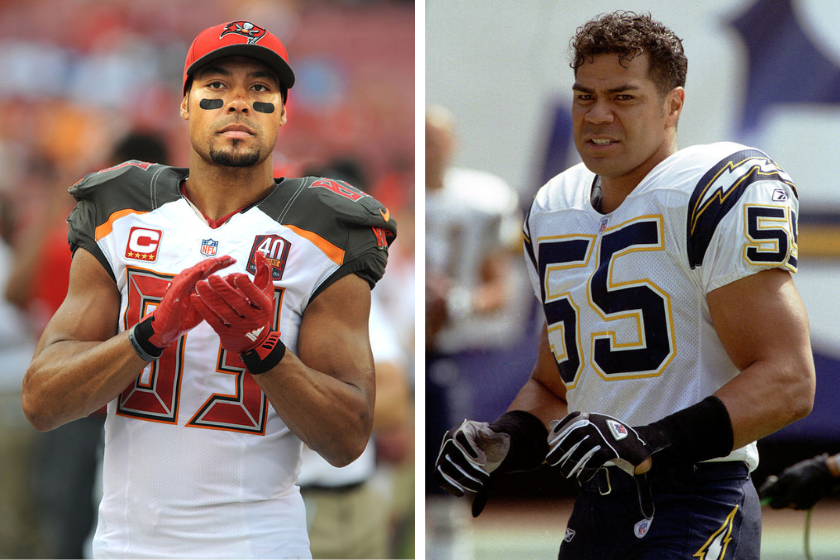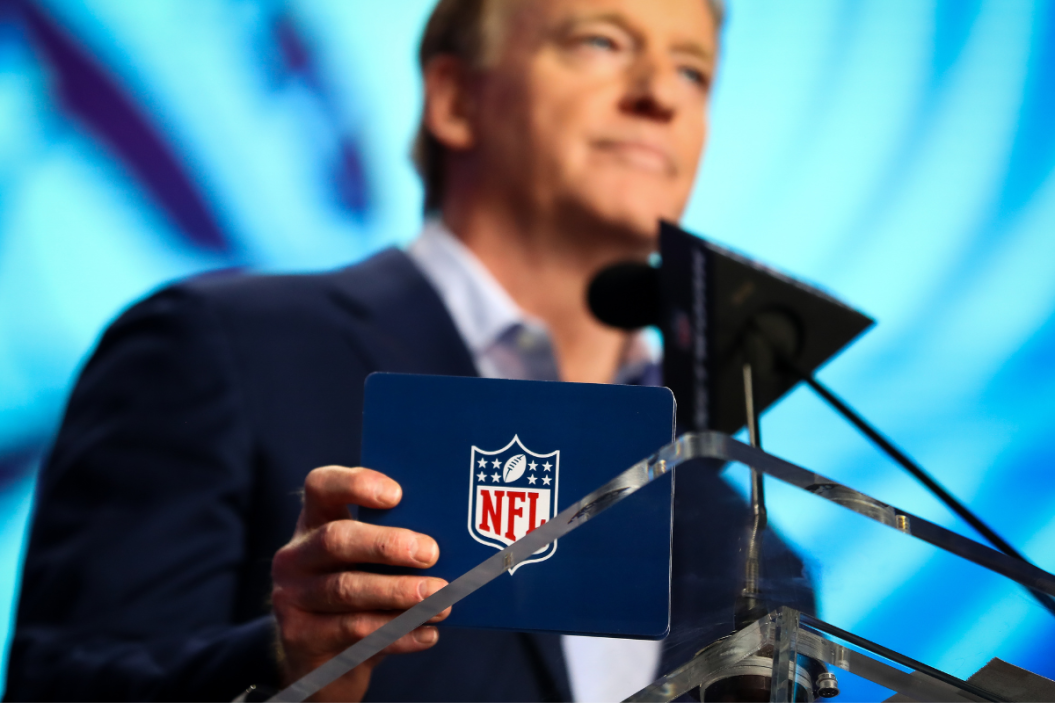Just past 10 p.m. EST Monday, the NFL made the decision to suspended the game between the Buffalo Bills and Cincinnati Bengals after Bills safety Damar Hamlin went into cardiac arrest. "I'm not a crier, but I've never cried so hard in my life. Just to know, like, my nephew basically died on the field, and they brought him back to life," said Hamlin's uncle, Dorrian Glenn.
Videos by FanBuzz
In front of a crowd at Paycor Stadium in Cincinnati, Hamlin tackled Bengals receiver Tee Higgins in what looked like a routine play. Instantly popping back up after the tackle, it initially appeared that Hamlin was fine. Instead, Hamlin had just entered a life-or-death scenario. Only seconds separated the moment that Hamlin was a healthy athlete from the moment he needed CPR and a defibrillator unit to stay alive.
As of now, Hamlin is awake, but remains in critical condition, although his family is optimistic.
"On behalf of our family, we want to express our sincere gratitude for the love and support shown to Damar during this challenging time. We are deeply moved by the prayers, kind words, and donations from fans around the country," Hamlin's family said in a news release Jan. 3.
The NFL's Player Safety Measures Continue to Fall Short

Photo by Dylan Buell/Getty Images
RELATED: In the Wake of the Damar Hamlin Tragedy, NFL Fans Find Ways to Give Back
The NFL's newest disturbing scene might not be anyone's fault. Many doctors claim that the condition Hamlin suffered from the hit was an extremely rare circumstance. It seems as likely that a baseball hitting a major league player in the chest would have the same kind of chance of causing this condition to occur.
Yet the MLB doesn't have constant safety concerns. The league helps make play relatively safe for its athletes, at least in comparison to the NFL.
It is symbolic, if nothing else, that the biggest pro football league must — yet again — be in discussions about player safety. The league always claims to be moving in the right direction, but it's hard to feel that way if you inspect the actions of the NFL.
There are several instances in which the NFL displays mixed directions on safety.
The most confusing aspect was to add an extra game to every team's schedule, starting in the 2021 season. Even as the league has continued to fight back against the negative health consequences of playing in the NFL, it also felt the need to add another game to the schedule.
While the players did sign off on the decision and thus weren't powerless to putting themselves at more risk, the entire move by the owners and the league seemed driven by financial incentive.
The plan to bring in extra capital has worked, too. In 2021, the NFL and its 32 teams made north of $17 billion. This number was a huge jump from 2019 ($15.3 billion), the last year the NFL wasn't seriously impacted by the coronavirus.
The main argument for adding another game was to help the league recoup some of the money it lost in 2020 from all of the COVID-19 restrictions and problems. The NFL was able to make up much of that missing revenue, too, but it isn't obvious that financial incentive was worth putting player safety at risk. The more games there are, the more chances there are for an incident like what was seen Monday night.
Another big questionable action of the NFL: holding a preseason. The value of preseason games is clearly to examine the talent, especially of those near the end of the roster, and to allow coaches to determine who should make the 53-man roster. The preseason also used to have some value to teams to give their starters a warmup to the regular season.
But coaches such as Sean McVay of the Los Angeles Rams have used the preseason in recent years as a chance to rest starters and make sure they are ready for the season. Former All-Pro running back Todd Gurley missed several preseasons under McVay to preserve his health.
As this strategy becomes more popular, it kills half of the reason for the preseason to take place. If safety is supposed to be at the forefront, it might be worth it for the owners and players to get rid of the preseason and simply allow roster cuts to take place based on practices and scrimmages in training camp.
The NFL's Dismissal of CTE Paves Way for More Overlooked Medical Concerns

Left: Photo by Cliff McBride/Getty Images, Right: Photo by Owen C. Shaw/Getty Images
RELATED: Negligence By the Miami Dolphins Could've Cost Tua His Career, Or Even His Life
Lastly, the NFL already has a dark background as it relates to CTE (chronic traumatic encephalopathy) and damage from repeated head injury and contact. The league should be doing everything it can to make safety a priority. This way, when the inevitable scary situations and injuries occur, they might be viewed as more of an accident and less of a taint on the NFL.
Back in 2013, the NFL was forced to pay $765 million to its thousands of retired players.
The news release by the NFL included the fact that the NFL would likely not have to disclose information about what and when it knew about concussion-linked brain problems. The NFL paid to keep things quiet. Moreover, a study in 2017 by Boston University found that 99% of the brains of former NFL players examined had CTE. The disease has been known to cause several problems such as memory loss, confusion, depression, anxiety and dementia. At present, CTE can't be diagnosed until after the person is deceased, leaving many sufferers to be left with no answers.
As Hamlin remains in critical condition at the University of Cincinnati Medical Center, America is rooting for his recovery. Surely, the NFL couldn't have predicted the injury that Hamlin suffered, especially as the hit was very routine.
Still, Hamlin's injury only brings back bad memories and new discussions as to how to keep NFL players safe. The NFL will need to take significant steps to convince the masses that safety is of the utmost importance in the long term. People are rightfully disturbed to watch brutal injuries occur. If not addressed, the issue could become something that eventually dethrones the league from its top spot across the American sports landscape.
